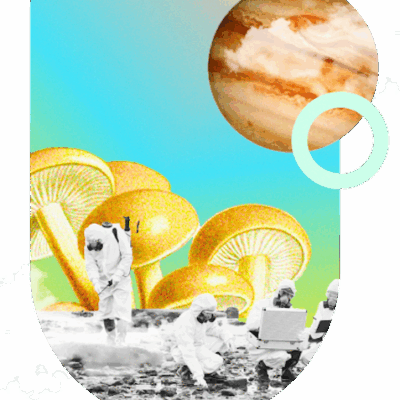Marketing Maestro – Maori wisdom and marketing
When it comes to finding, building and nurturing relationships with customers and potential customers, Brian H Meredith reminds us to think of them as people. He aha te mea […]
758
When it comes to finding, building and nurturing relationships with customers and potential customers, Brian H Meredith reminds us to think of them as people.
He aha te mea nui o te ao?
He tangata! He tangata! He tangata!
What is the most important thing in the world?
It is people! It is people! It is people!
Maori proverb
I have written often about the concept of ‘market orientation’ – businesses who realise and understand that by orienting who they are, what they do and how they behave towards the only place the money comes from: customers.
There has been extensive research undertaken in the past that has identified what constitutes market orientation and that those businesses that are market oriented are consistently more successful.
However, even within that environment, there is a word that is often (mostly) missing – it relates to clients or customers of whatever term is used to describe that single source of money. And that word is “people”.
Customers are people. Clients are people.
You may have seen the following abbreviations: B2C means Business to Consumer marketing and B2B means Business to Business marketing.
But you may not be familiar with P2P or People to People marketing.
It used to be that all marketing was segmented into B2B or B2C. This was done to separate specialties, audiences and segments in an effort to more highly target the groups of people who ultimately would consume a brand’s message.
What it really did, however, was create an unnatural language for marketers – with words like “synergy” and “speeds and feeds” – to tell the stories of products to their buyers and partners. It’s become like one massive game of telephone tag, where, by the time a message gets to the person actually buying the product, the things that make it special have been swallowed by marketing vernacular.
The bottom line is that, in this environment, the ‘people’ who are your customers or potential customers are often anonymous. They are grouped into lumps with either demographic or psychographic segmentation. But when it comes to individuals, little is known about them and communication with them is seriously flawed.
Now, if you are the dairy on the corner, it is much easier to address this issue than if you are a global brand. In fact, you probably haven’t ever had to face this issue – you have always known who your customers are, as people, and known how to treat them, understand their needs and wants and fulfil their needs and wants on
a human to human basis.
Well now it’s time to learn from dairy owners.
As technology has driven the creation of dramatically different communications channels (largely under the broad heading of social media), the reality, increasingly, is that we must now become more personalised, more people oriented and more human than ever before.
Because, despite all the business, sales and marketing jargon, the simple reality is this – people do business with people. Mostly, they do business with people they like. And if we know this, understand this and respond well to this, we’ll have more successful businesses.
So the core principles of this thinking (indeed, this reality) is about working hard to think of our customers as people, to understand our customers as people, to diagnose their needs and wants as people and to strive to meet those needs and fulfil those wants as people.
And this thinking must permeate every aspect of what we, ourselves, think, say and do.
Don’t communicate anonymously – communicate as people. Don’t promote your brand as an anonymous entity – promote it as a group of people with whom your customer will enjoy doing business. Don’t use corporate, business, sales or marketing jargon or vocabulary – use human vocabulary – you are people, after all, talking to other people.
Exploit the amazing opportunities now available through the use of social media channels by working hard to identify and target the right people and set out to develop worthwhile relationships with them, don’t simply try to flog them stuff.
Yes, of course ‘businesses’ exist and they are, on a range of dimensions, important entities. But when it comes to finding and building relationships with, and nurturing and nourishing those relationships with, customers and potential customers, think of them as people, treat them as people and seek to serve them
as people.
Because people do business with people – without them, nothing happens. And, never forget the wisdom of the
Maori people:
He aha te mea nui o te ao?
He tangata! He tangata! He tangata!





